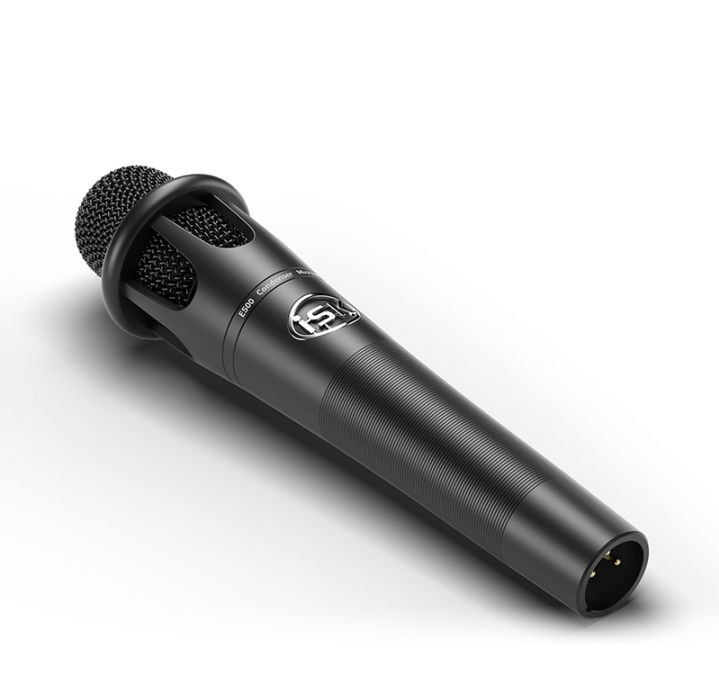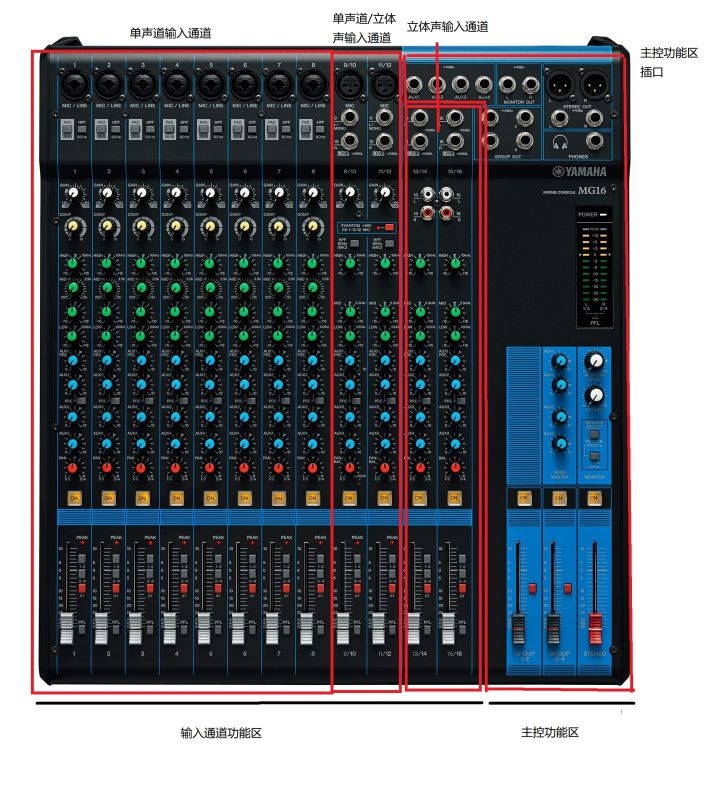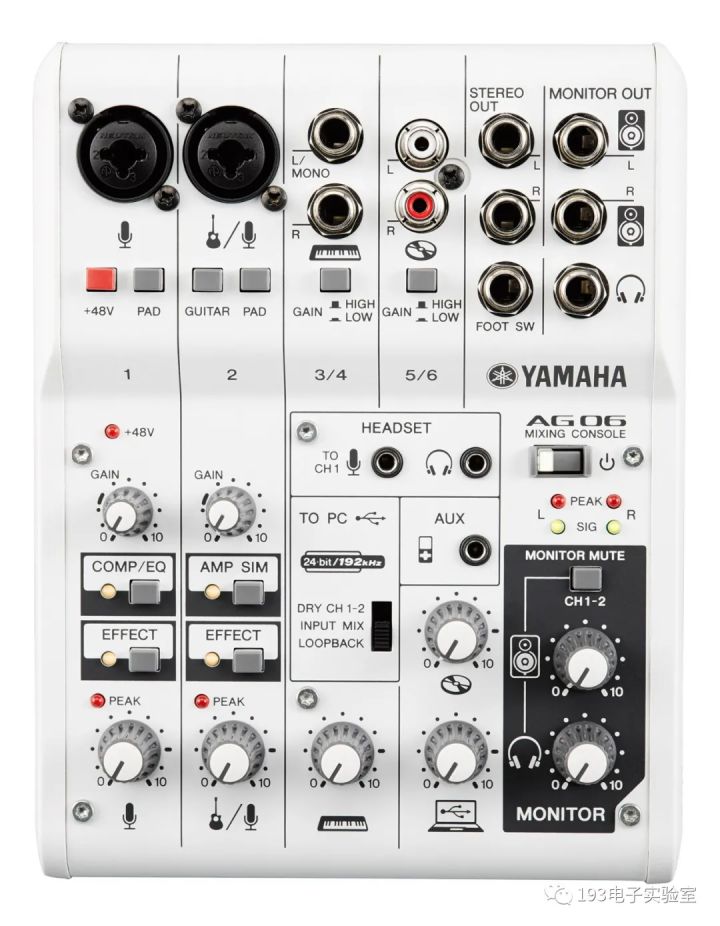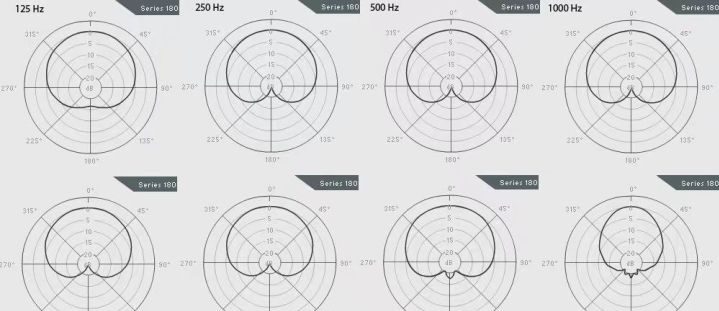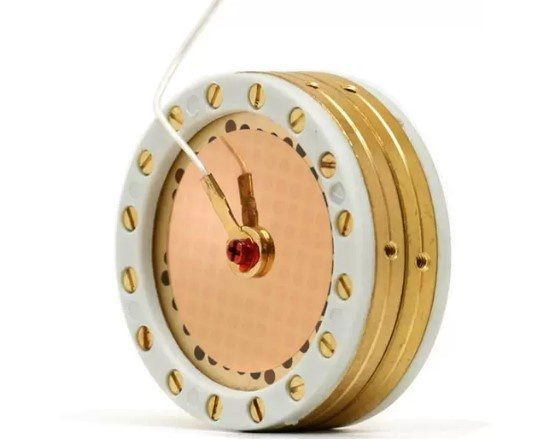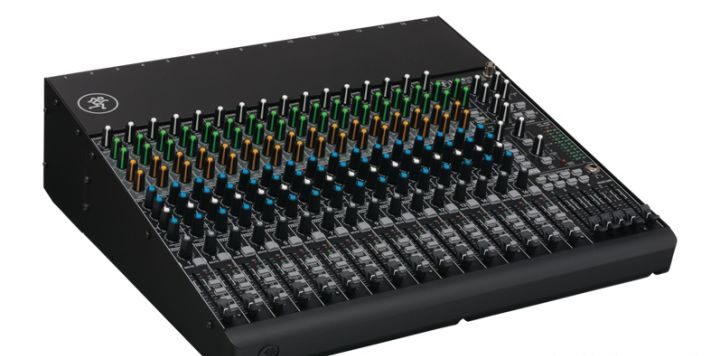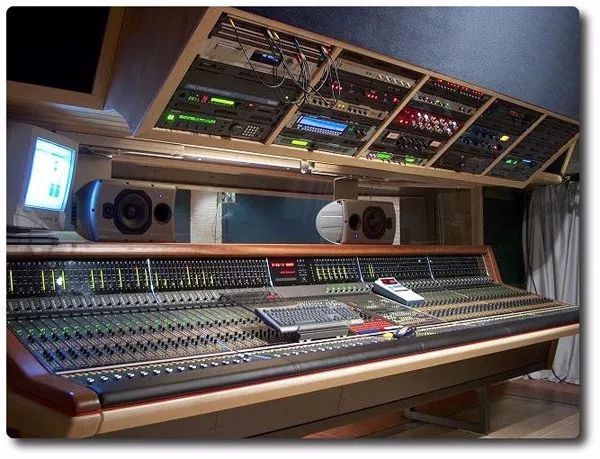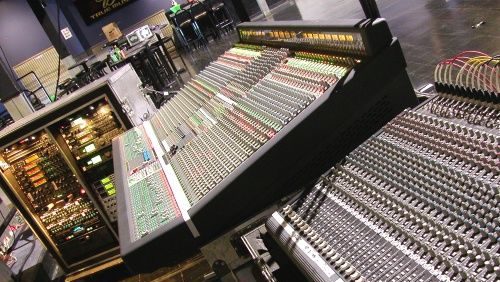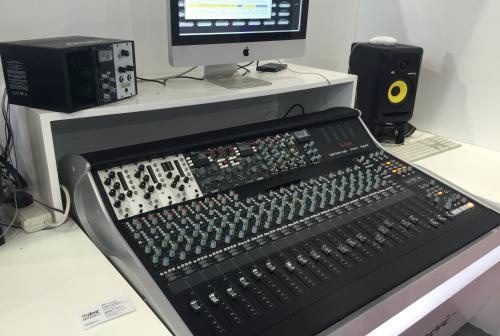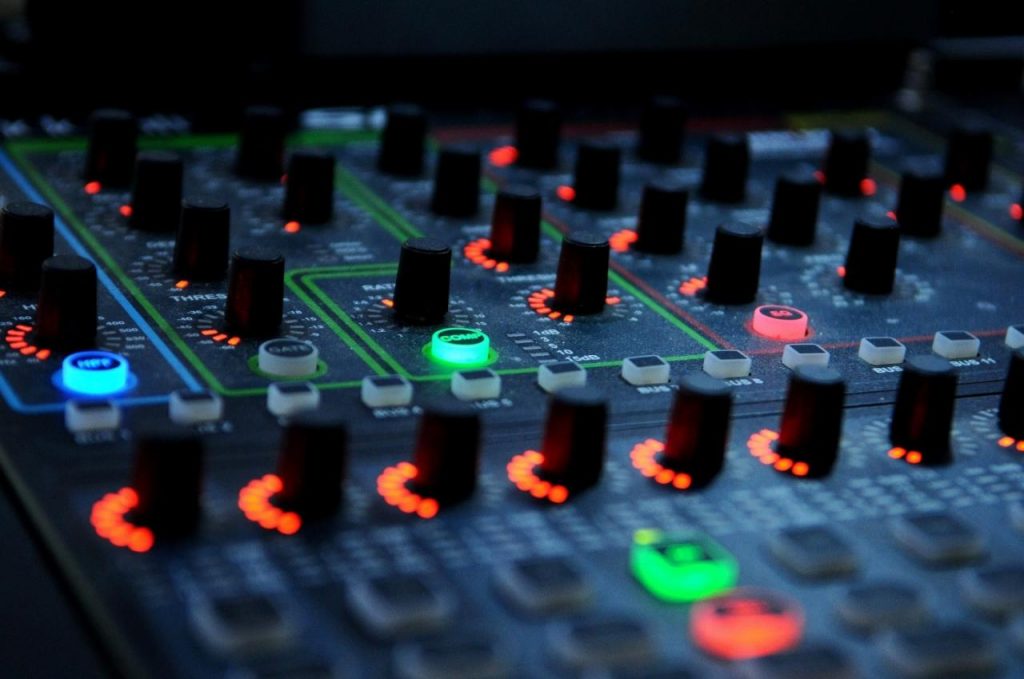Small diaphragm for musical instrument pickup
Large diaphragm for vocal pickup
Large Diaphragm Microphone
In practice, people often refer to a microphone with a diaphragm diameter greater than or equal to 3/4 inch as a large-diaphragm microphone. Generally speaking, mics with larger diaphragms produce louder sound, which is exactly what engineers like to record more distinctive sounds (such as vocals). In addition, large-diaphragm microphones are more sensitive to audio signals than small-diaphragm and medium-diaphragm microphones because of their relatively larger contact area with the audio signal. It is not unreasonable to assume that large-diaphragm mics can capture more low frequency signals than small-diaphragm mics, since the same design provides high-definition sound over a wider frequency range. Compared with the small-diaphragm microphone with the effect, the large-diaphragm microphone is more inclined to strengthen a certain characteristic in the audio signal, so that the sound effect has a more obvious bass characteristic. At present, there are many very high-quality large-diaphragm microphones on the market, such as isk’s U87pro large-diaphragm recording microphone is one of them
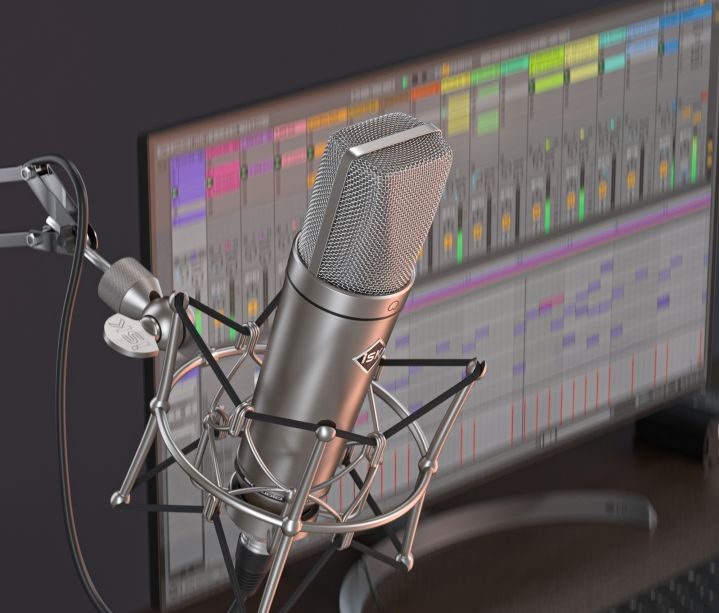
Mid-diaphragm microphone
The definition of a medium-diaphragm microphone is also one of the more controversial topics at present, because in history there are only large-diaphragm and small-diaphragm microphones, and there is no clear conclusion on the upper and lower limits of the diaphragm diameter. However, most professionals and manufacturers believe that microphones with a diaphragm diameter between 5/8″ and 3/4″ are medium-diaphragm microphones. Generally speaking, medium-diaphragm microphones are good at capturing instantaneous signals and high-frequency signals, and their sound effects are relatively round and full, with the warm texture of large-diaphragm microphones. There are also many excellent mid-diaphragm microphones.
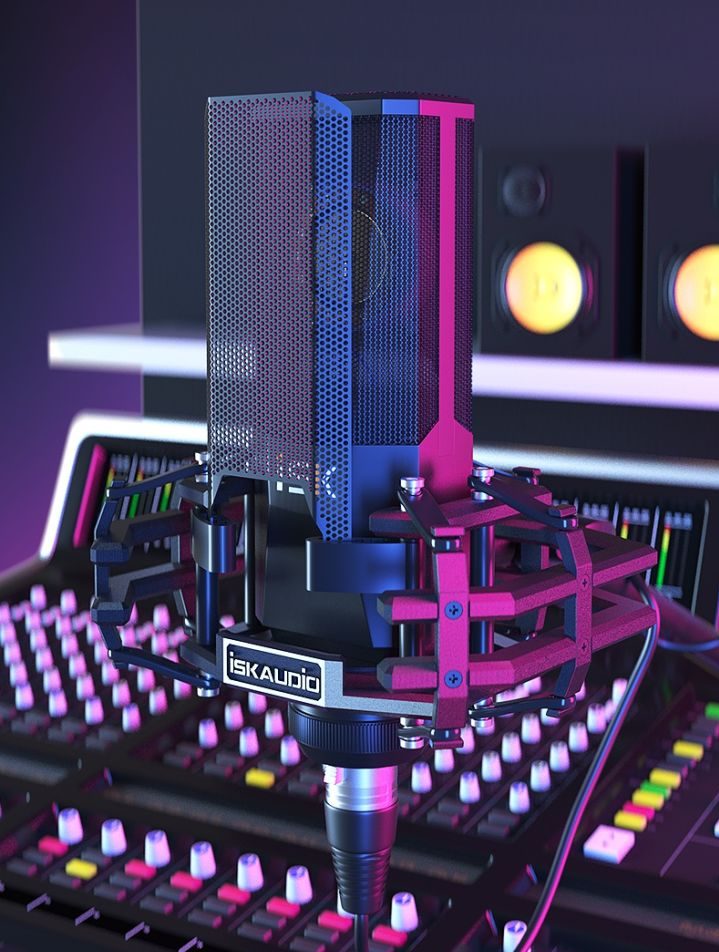
Small-diaphragm microphones
At present, there is no final standard for the diaphragm size of small-diaphragm microphones, but most professionals and manufacturers believe that all microphones with a diaphragm diameter of less than 5/8 inches belong to small-diaphragm microphones . In terms of sound effects, small-diaphragm microphones, like medium-diaphragm microphones, are better at capturing high-frequency and instantaneous signals, but their sound seems to contain more air, and its polishing function is better than that of large-diaphragm and medium-diaphragm microphones. Slightly inferior, this may be due to the relatively small area of the diaphragm, which is more susceptible to air fluctuations.
